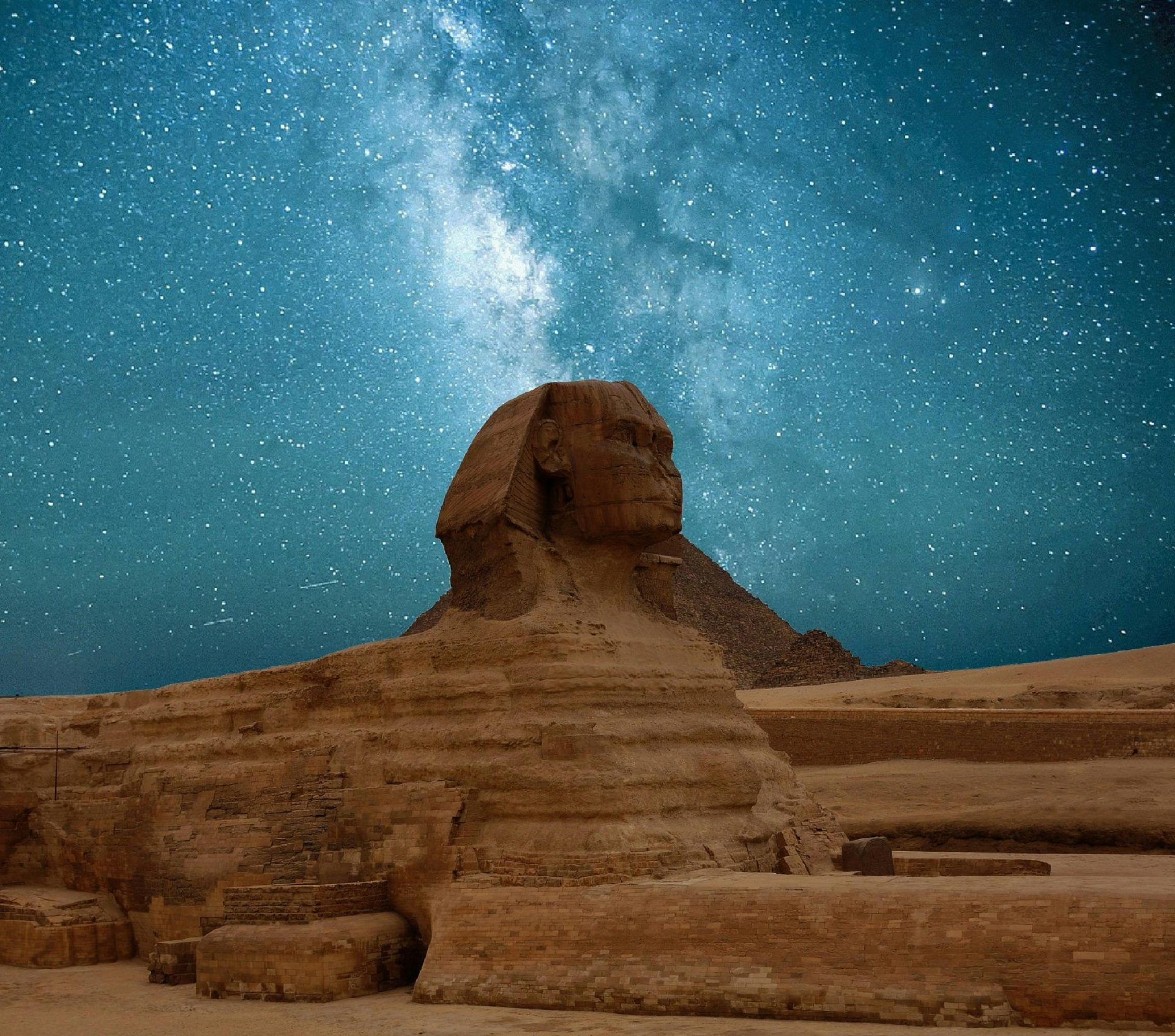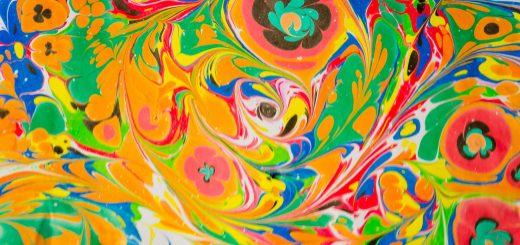Maya Civilization: Facts, Culture, and History

Before diving in, please note: This post is for informational purposes only. If you’d like to know more about how we approach topics, feel free to check out our friendly Disclaimer Page.
Hey there, amazing readers! 🖐️ Just a quick note: yes, we know there are a lot of ads here. Trust us, we get it—it’s not the prettiest look, but they help us keep this blog alive and kicking. Those pesky little ads cover the costs of all the behind-the-scenes magic, from hosting and tech stuff to creating content we hope you’ll love.
We’re committed to delivering quality posts, and your support (even just sticking around despite the ads) means everything to us. So, bear with us, and thanks for helping us keep the good vibes rolling. Now, on to the fun stuff! 😉
TRANSLATE BUTTON AT THE END OF THE ARTICLE
Introduction to Maya Civilization
The Maya Civilization, one of the most remarkable pre-Columbian societies in Mesoamerica, thrived for centuries in present-day Mexico, Guatemala, Belize, Honduras, and El Salvador.
Known for their advanced knowledge in astronomy, mathematics, art, architecture, and agriculture, the Maya people left behind a rich legacy that continues to fascinate historians, archaeologists, and enthusiasts alike.
Their intricate calendar system, monumental cities, and elaborate hieroglyphic writing have captivated the world, shedding light on a sophisticated and complex civilization that flourished in the region.
Ancient History of the Maya Civilization
The Maya civilization traces its origins back to around 2000 BC, with the development of small villages in the Maya lowlands of southern Mexico and northern Central America.
Over time, these communities grew into city-states, each ruled by a divine king or elite class.
The Classic Period of the Maya civilization, from 250 to 900 AD, saw the construction of impressive cities like Tikal, Palenque, and Copan, known for their monumental pyramids, temples, and ball courts.
During this time, the Maya thrived as a sophisticated society with a complex social hierarchy, extensive trade networks, and a rich cultural heritage.
Achievements of the Maya Civilization
The Maya civilization made significant advancements in various fields, showcasing their intellectual prowess and ingenuity.
They developed a highly accurate calendar system based on cycles of time, including the famous Long Count calendar that predicted future events with precision.
The Maya were also skilled mathematicians, using a base-20 numerical system and understanding the concept of zero long before it was known in other parts of the world.
Furthermore, their architectural achievements, such as the construction of elaborate temples and palaces, demonstrated their mastery of engineering and design.
Maya Culture and Society
The Maya culture was deeply rooted in religion, with rituals, ceremonies, and sacrifices playing a central role in their society.
They worshipped a pantheon of gods and goddesses, each associated with different aspects of life and nature.
The Maya also valued art, music, dance, and storytelling, creating intricate pottery, jade carvings, and colorful murals that reflected their beliefs and traditions.
Socially, the Maya had a hierarchical structure with kings, nobles, priests, and commoners, each playing a specific role in the community.
Religion and Beliefs of the Maya
Religion was a fundamental aspect of Maya life, shaping their worldview, rituals, and everyday practices.
The Maya worshipped a diverse array of deities, including gods of the sun, rain, corn, and fertility, each with specific roles and attributes.
They believed in the cyclical nature of time, with rituals and ceremonies conducted to honor the gods and maintain harmony in the cosmos.
Bloodletting, human sacrifice, and offerings were common practices in Maya religious ceremonies, viewed as essential for communication with the divine and ensuring the well-being of the community.
Daily Life in Maya Civilization
The daily life of the Maya people revolved around agriculture, trade, and religious activities.
Farmers cultivated maize, beans, squash, and other crops using advanced techniques such as terracing, irrigation, and crop rotation.
Trade networks connected different city-states, facilitating the exchange of goods, ideas, and cultural practices.
In urban centers, artisans crafted pottery, textiles, and other goods, while nobles and priests oversaw religious ceremonies, political affairs, and astronomical observations.
Family life was also crucial, with extended families living together in compounds and sharing responsibilities.
Decline of the Maya Civilization
The reasons for the decline of the Maya civilization remain a topic of debate among scholars, with various theories proposed to explain the sudden collapse of major city-states during the Terminal Classic Period (800-900 AD).
Factors such as environmental degradation, overpopulation, warfare, and political instability are believed to have contributed to the downfall of Maya society.
The abandonment of cities, the decline of monumental construction, and the fragmentation of political power marked the end of the Classic Period, leading to a period of cultural decline and transformation in the region.
Mayan Architecture and Art
Maya architecture is renowned for its intricate designs, massive pyramids, and elaborate stone carvings that reflect the cultural and religious beliefs of the civilization.
Cities like Tikal, Palenque, and Uxmal are famous for their impressive structures, including temples, palaces, ball courts, and observatories.
The Maya also excelled in the art of pottery, sculpture, and mural painting, creating vibrant and detailed artworks that depicted scenes from mythology, daily life, and religious ceremonies.
Their use of bright colors, intricate patterns, and symbolic motifs showcased their artistic sophistication and creativity.
Writing System of the Maya Civilization
The Maya civilization developed a complex writing system composed of hieroglyphs that combined logographic and phonetic elements to represent sounds, syllables, words, and concepts.
Known as Maya script, this writing system was used for recording historical events, religious ceremonies, astronomical observations, and political decrees.
Inscriptions on stone monuments, stelae, and codices provided valuable insights into Maya history, language, and culture, allowing scholars to decipher the meaning of thousands of glyphs and reconstruct the narrative of this ancient civilization.
The Maya script remains one of the most significant achievements in Mesoamerican writing systems.
Agriculture and Technology of the Maya
Agriculture was the foundation of Maya society, providing sustenance for the population and forming the basis of their economy.
The Maya developed advanced farming techniques to cultivate crops in the challenging tropical environment, including terracing, raised fields, and irrigation systems.
They also created sophisticated tools and implements, such as stone axes, obsidian blades, and digging sticks, to enhance agricultural productivity.
Additionally, the Maya excelled in pottery-making, weaving, and metallurgy, producing a wide range of goods for domestic use and trade.
Their technological innovations and agricultural expertise were crucial for the success and sustainability of their civilization.
Notable Cities of the Maya Civilization
The Maya civilization was characterized by the construction of monumental cities and urban centers that served as political, religious, and economic hubs.
Some of the most notable cities include:
Tikal: A powerful city-state in present-day Guatemala known for its towering pyramids, temples, and palaces.
Palenque: A majestic city in Mexico famous for its exquisite architecture, intricate carvings, and well-preserved stelae.
Copan: A flourishing city in Honduras renowned for its impressive ball court, hieroglyphic stairway, and monumental architecture.
Chichen Itza: A significant site in Mexico featuring the iconic Temple of Kukulkan, the Great Ball Court, and the Observatory.
Uxmal: A spectacular city in the Yucatan Peninsula distinguished by its intricate stone mosaics, pyramids, and ceremonial platforms.
These cities reflect the grandeur, complexity, and cultural richness of the Maya civilization, showcasing their architectural achievements and urban planning skills.
Legacy of the Maya Civilization
The legacy of the Maya civilization continues to inspire awe and admiration for its cultural achievements, scientific knowledge, and artistic creativity.
The Maya calendar system, hieroglyphic writing, mathematical concepts, and architectural wonders have left an indelible mark on world history, influencing subsequent Mesoamerican cultures and civilizations.
Today, Maya descendants preserve their cultural traditions, language, and customs, maintaining a connection to their illustrious past and heritage.
The study of Maya civilization provides valuable insights into the complexities of ancient societies, the importance of cultural heritage, and the enduring legacy of one of the most advanced civilizations in the Americas.
Conclusion
In conclusion, the Maya civilization stands as a testament to the ingenuity, creativity, and sophistication of ancient Mesoamerican societies.
From their monumental cities and intricate artworks to their advanced calendar system and hieroglyphic writing, the Maya people left behind a rich legacy that continues to captivate scholars and enthusiasts around the world.
Despite the mysteries and challenges that surround their decline, the Maya civilization’s achievements in science, art, architecture, and culture endure as a lasting tribute to their enduring legacy and timeless contributions to human history.
As we delve deeper into the realm of Maya civilization, we uncover a world of innovation, beauty, and wisdom that sheds light on the remarkable achievements of this remarkable ancient civilization.

The Enlightenment Journey is a remarkable collection of writings authored by a distinguished group of experts in the fields of spirituality, new age, and esoteric knowledge.
This anthology features a diverse assembly of well-experienced authors who bring their profound insights and credible perspectives to the forefront.
Each contributor possesses a wealth of knowledge and wisdom, making them authorities in their respective domains.
Together, they offer readers a transformative journey into the realms of spiritual growth, self-discovery, and esoteric enlightenment.
The Enlightenment Journey is a testament to the collective expertise of these luminaries, providing readers with a rich tapestry of ideas and information to illuminate their spiritual path.
Our Diverse Expertise 🌟
While our primary focus is on spirituality and esotericism, we are equally passionate about exploring a wide range of other topics and niches 🌍📚. Our experienced team is dedicated to delivering high-quality, informative content across various subjects ✨.
To ensure we provide the most accurate and valuable insights, we collaborate with trusted experts in their respective domains 🧑🏫👩🏫. This allows us to offer well-rounded perspectives and knowledge to our readers.
Our blog originally focused on spirituality and metaphysics, but we’ve since expanded to cover a wide range of niches. Don’t worry—we continue to publish a lot of articles on spirituality! Frequently visit our blog to explore our diverse content and stay tuned for more insightful reads.





